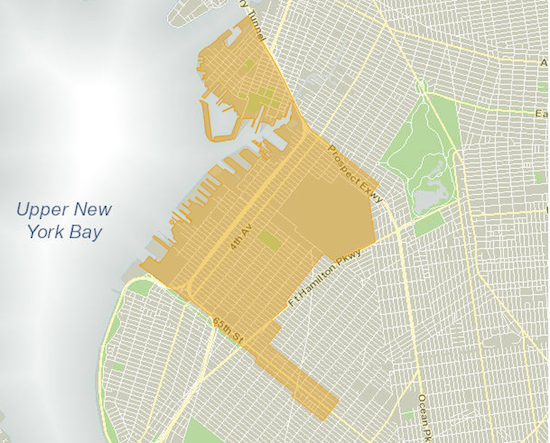Menchaca’s Goal: ‘I Want to Be Part of a Movement’
In Public Service: Councilmember Seeks New Voices in Government

City Councilmember Carlos Menchaca represents the 39th Council District. Copyright 2015 The City of New York
Carlos Menchaca shocked the political world in 2013 when he defeated incumbent Councilmember Sara Gonzalez in the Democratic Primary in the 38th Council District. But Menchaca, who went on to win the general election that year, said he doesn’t want to be the only one making political waves.
“I want to be part of a movement,” Menchaca told the Brooklyn Eagle during an interview in his district office at 4417 Fourth Ave. in Sunset Park.
Menchaca (D-Sunset Park-Red Hook) candidly admitted that his ultimate goal is to entice large numbers of everyday New Yorkers to become more actively involved in the political process and have a say in how the city government is run.
